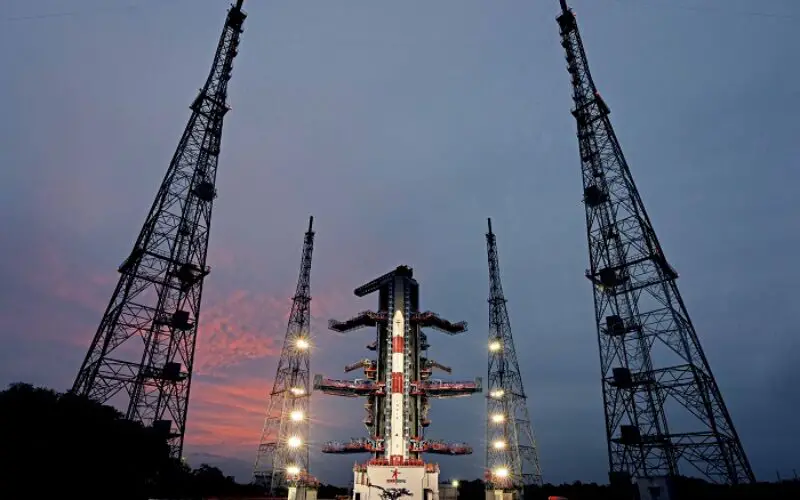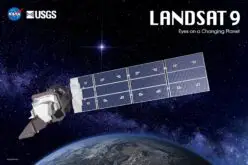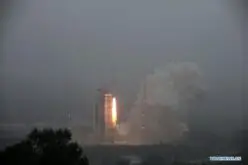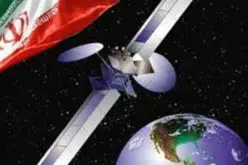On June 30, 2022, ISRO launches the PSLV-C53/DS-EO mission. The launch will take place at 18:00 IST from the Satish Dhawan Space Centre’s Second Launch Pad in Sriharikota. PSLV-C53 is the second dedicated commercial mission of NewSpace India Limited (NSIL).
Along with two other co-passenger satellites, it is intended to orbit the DS-EO satellite from Singapore. This is the 15th mission using the PSLV-Core Alone version and the 55th mission overall for PSLV. This launch marks the sixteenth PSLV launch from pad two. After the satellites have been separated, the mission aims to show how to use the launch vehicle’s spent upper stage as a stabilised platform for research payloads.
DS-EO, a 365 kg and NeuSAR, a 155 kg satellite both belonging to Singapore. The third satellite is a 2.8 kg Scoob-1 of Nanyang Technological University (NTU), Singapore.
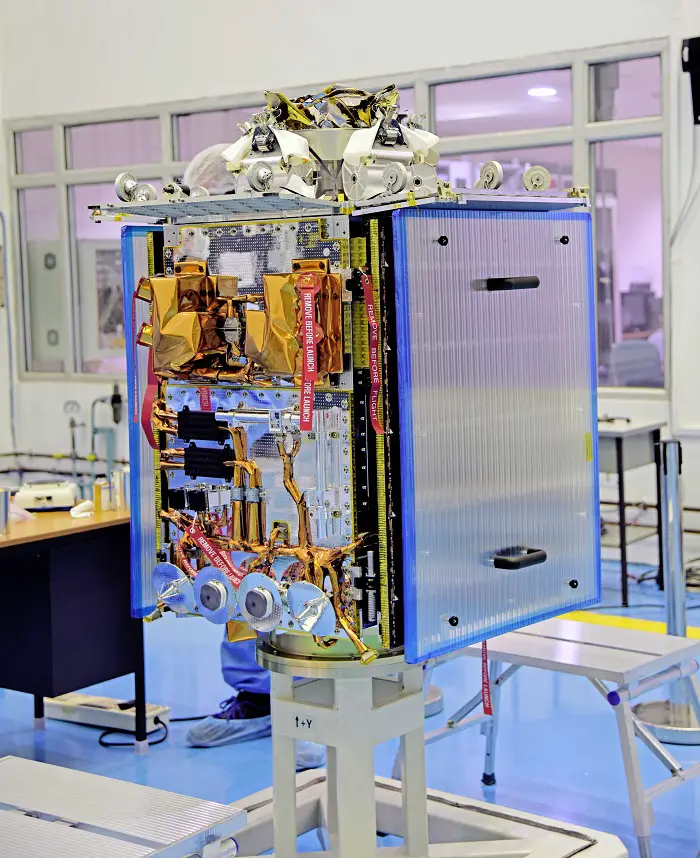
Image Credit: ISRO
The Electro-Optic, Multi-Spectral Payload carried by DS-EO will deliver full-colour photos for land classification as well as meeting the needs of humanitarian aid and disaster relief. NeuSAR is the first tiny commercial satellite from Singapore with a SAR payload that can capture images in all lighting situations and at any time of day. The Student Satellite Series (S3-I) satellite, developed by Singapore’s NTU School of Electrical and Electronic Engineering’s Satellite Research Centre (SaRC), is the first satellite in the series.
The PSLV Orbital Experimental Module (POEM) programme uses the decommissioned PS4 stage as an orbital platform to conduct in-orbit scientific experiments. The PS4 stage would orbit the planet for the first time as a stabilised platform. A specific NGC system is used to stabilise the attitude. A Li-Ion battery and the solar panels that are installed around the PS4 tank provide electricity for POEM. It uses four sun sensors, a magnetometer, gyros, and NavIC to navigate. It is equipped with specialised control thrusters that store Helium gas. It has telecommand capability enabled.
Two payloads from Indian space startups M/s Digantara and M/s Dhruva Space are among the six payloads carried by POEM, which is made possible by IN-SPACe and NSIL.
Source – ISRO
Also Read –
ISRO’s First Launch of the Year 2022, PSLV-C52 successfully launches EOS-04 and other 2 Satellites


